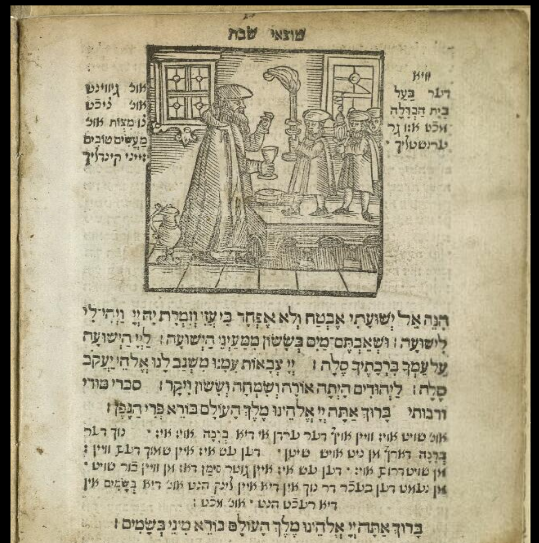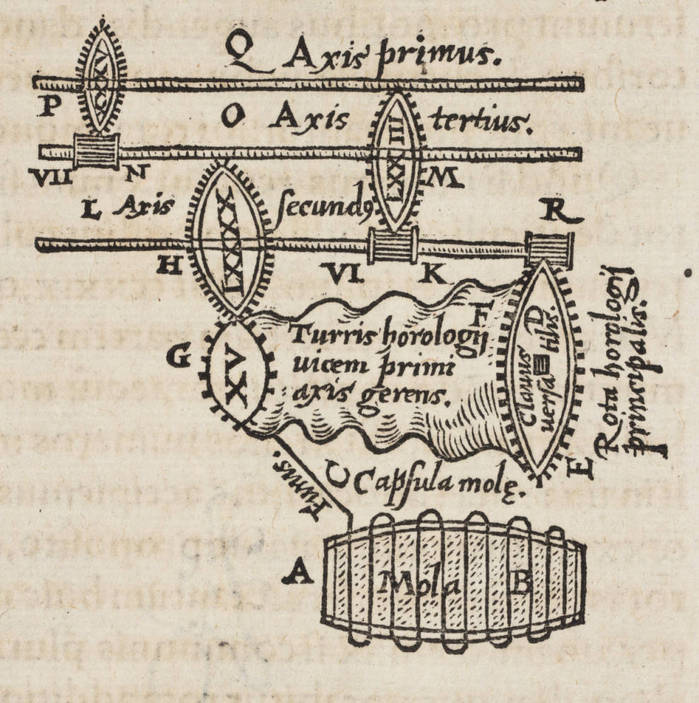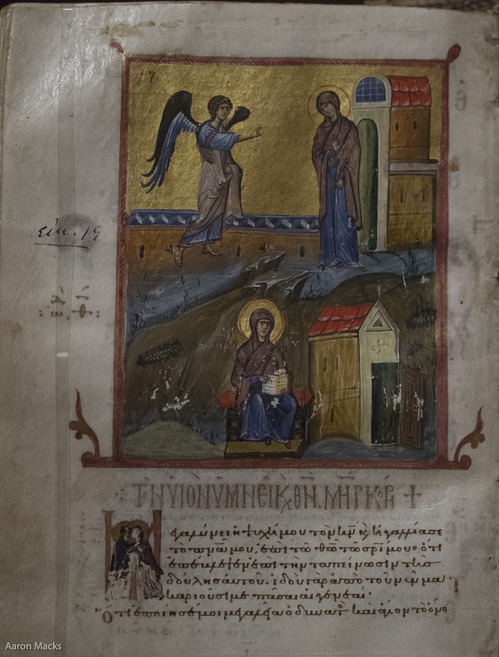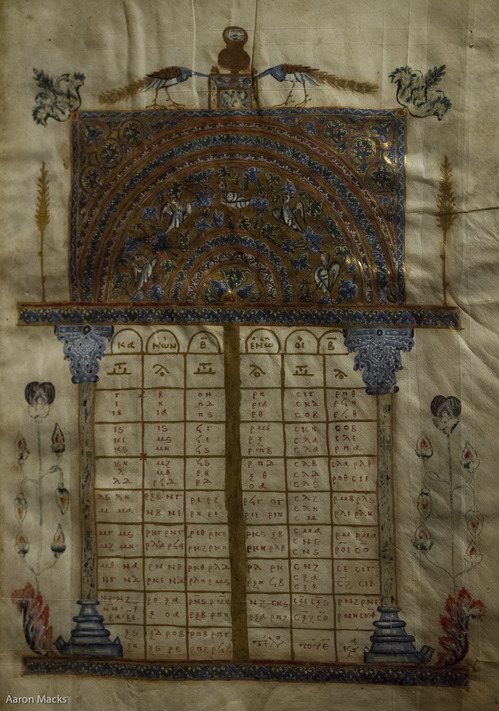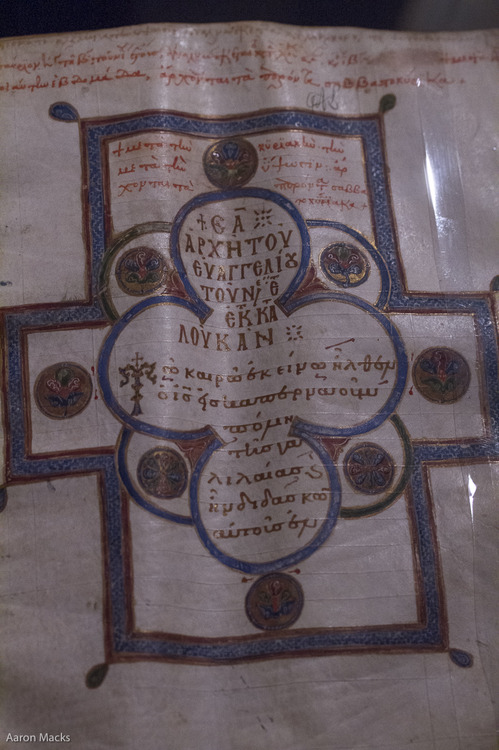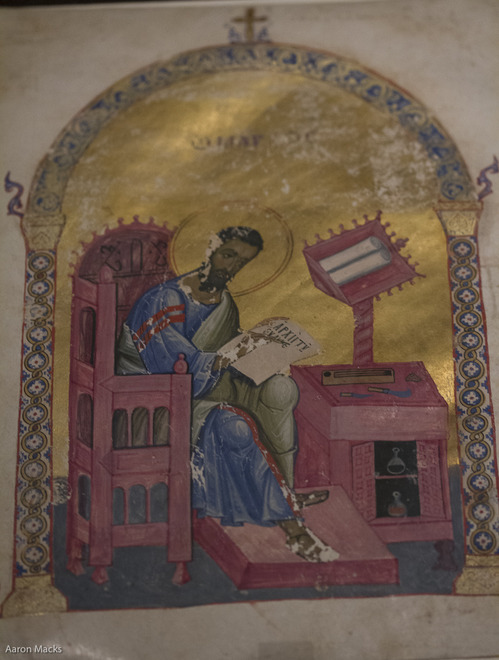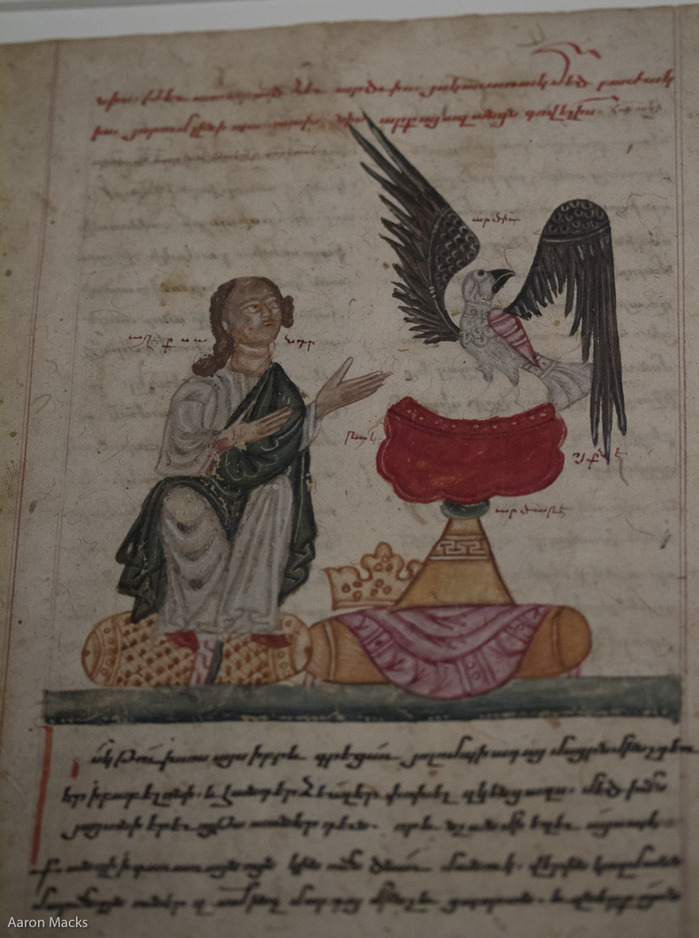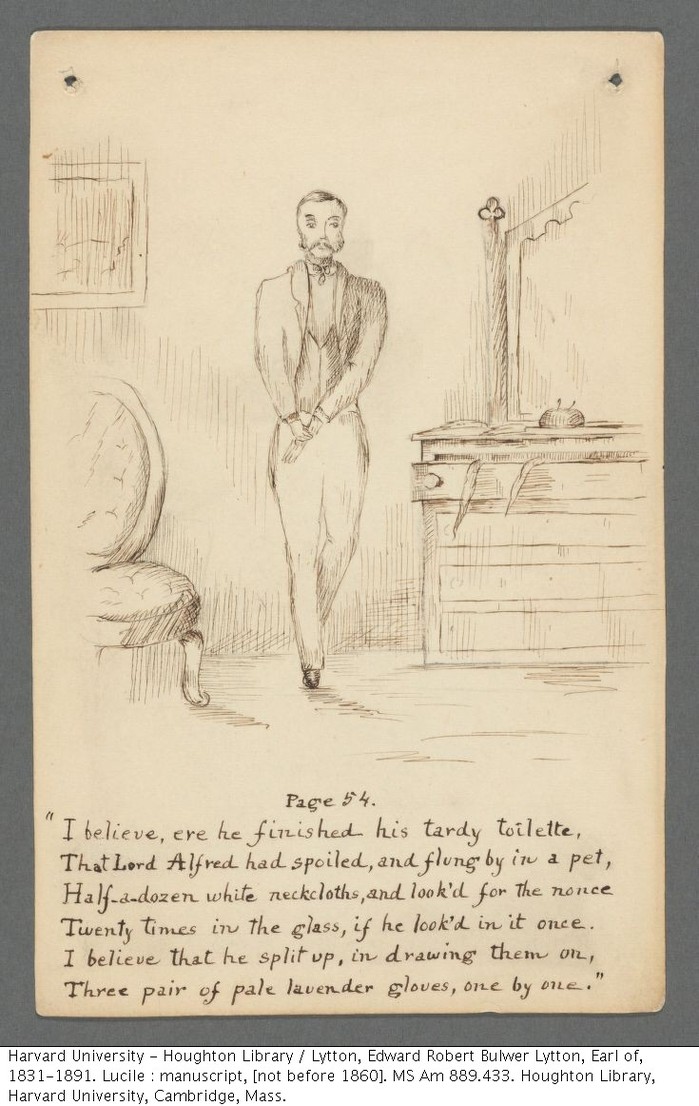West, M. L.
Indo-European Poetry and Myth. Oxford: Oxford University Press. 2007.
HardcoverPaperback What this book tries to do is trace elements of epic stories through the Indo-European prehistory, from Hittite and early Indian epics to late-medieval eastern Europe. The book is organized into 12 rather large chapters (overall text is just over 500 pages), each is then broken into subsections. The subsectional breakdown is not regular, sometimes it's by topic (i.e. Chap 11: Kings, The Queen, King and Horse, etc) and sometimes it is by region (Chap 7: Nymphs, Indian Nymphs, Iranian, etc.). The overall conclusions about thematic elements, which are truly Indo-European, which belong to a subgroup and which came from outside sources, are conservative enough to not come across as "ooh, I found a thing somewhere else, must be a pattern" and well defended. The author has command of a wide range of sources, translating all but the most obscure (primarily the Nartic tales and early Lithuaian works) himself. The one weakness of this approach is it doesn't always provide a immediate reference if one is looking for the context of a quote. A larger problem with the primary-source use is that it expects, at a minimum, a knowledge of Latin, French and the ability to read ancient Greek. Familiarity with Russian, at least the alphabet, would have helped with a few sections as well.
Occasionally, throughout the text, West lets his "cleverness" run away from the direction of the text. These pieces would probably be amusing in the context of a spoken lecture, but in the text they are an odd digression, eg. "The ancient (H)rego...was a rector, a director, a corrector..." (p. 413) or in a discussion on the slaying of dragons, "Now, of course, dragons are a protected species and it is illegal to harm them...." (p. 430). These don't add much to the argument but interrupt the flow of the text. These complaints are minor in the context of the excellent, if weighty, work and do not give me pause in praising it. It's not only interesting for the subject matter, but the primary sources are so wide ranging that, when one can read them, they provide previously unknown mythologies. This book would be especially of interest to one writing in the style of earlier epics, as the topical organization provides a ready reference for form and content.
It suffers from Oxford University Press disease, the paperback edition is $85, but if you can find it in a library, I highly recommend it
A

